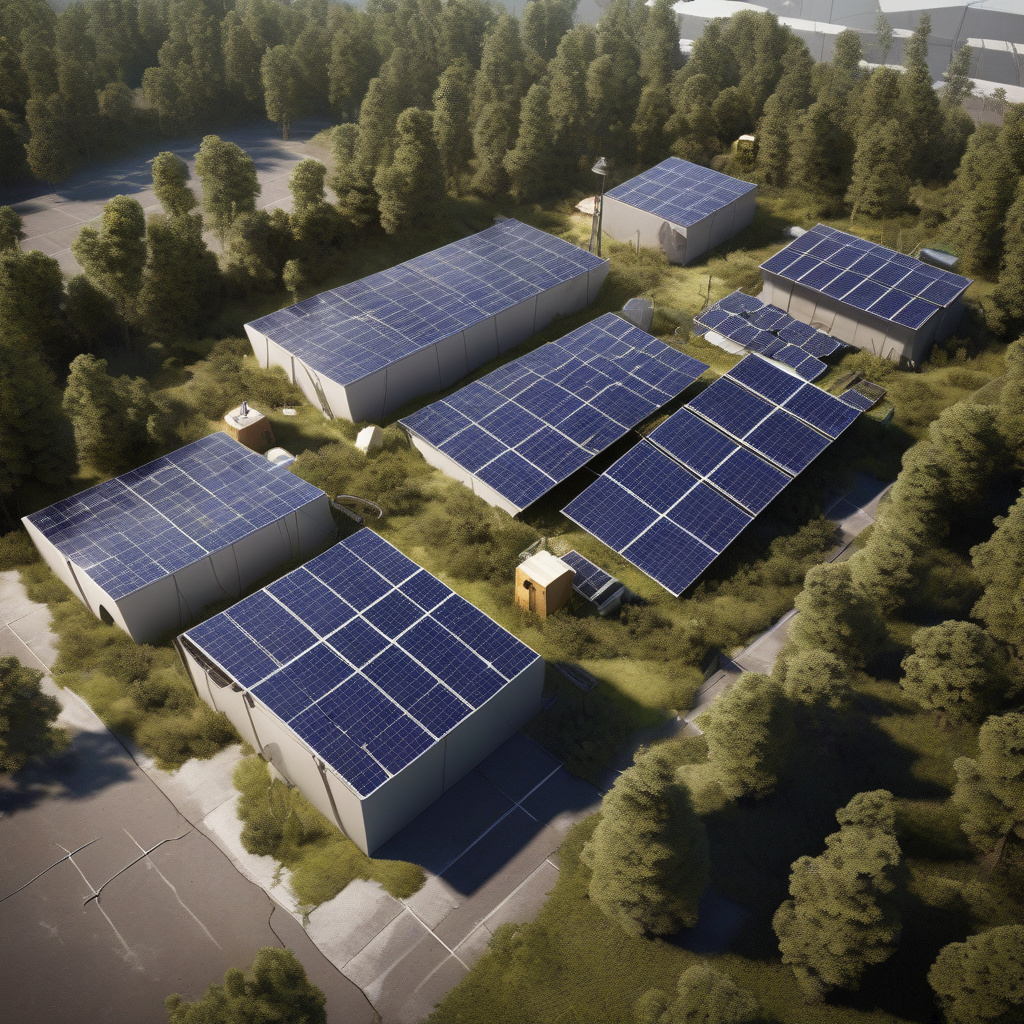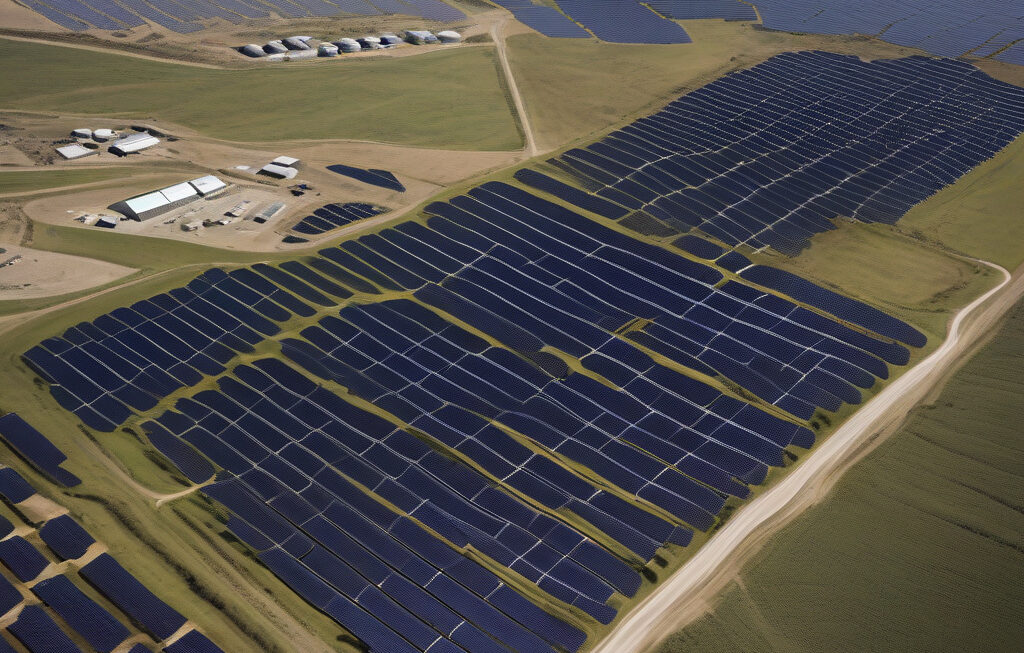Dead solar panels help turn CO2 into useful chemicals in new green tech breakthrough
In a breakthrough that feels like modern-day alchemy, Japanese researchers have found a way to breathe new life into discarded solar panels by repurposing them to convert carbon dioxide (CO2) into valuable chemicals. This innovative approach not only addresses the mounting issue of electronic waste but also contributes to combating climate change by transforming a greenhouse gas into a useful resource.
The process involves utilizing the photovoltaic cells from old solar panels as catalysts in a chemical reaction that converts CO2 into formic acid, a versatile compound used in various industries, including agriculture and pharmaceuticals. By harnessing the remaining potential of these retired solar panels, the researchers have unlocked a sustainable method to reduce carbon emissions while producing valuable substances.
This groundbreaking technology showcases the power of circular economy principles, where waste materials are repurposed to create new value. Instead of discarding dead solar panels into landfills, where they would contribute to environmental pollution, they are given a second life as catalysts in a process that helps combat climate change. This not only aligns with the global shift towards sustainability but also demonstrates the ingenuity of leveraging existing resources in innovative ways.
Moreover, the conversion of CO2 into formic acid represents a significant step towards developing a closed-loop system that minimizes waste and maximizes efficiency. By integrating renewable energy components like solar panels into the chemical conversion process, the researchers have illustrated a holistic approach to sustainability that transcends traditional boundaries.
This green tech breakthrough also highlights the interconnected nature of environmental challenges and the importance of interdisciplinary solutions. By merging expertise from the fields of renewable energy, chemistry, and waste management, the researchers have created a synergy that offers a promising path towards a more sustainable future. This multidisciplinary approach not only fosters innovation but also underscores the value of collaboration in addressing complex global issues.
Furthermore, the successful conversion of CO2 into formic acid opens up new possibilities for utilizing greenhouse gases in a constructive manner. Instead of viewing CO2 solely as a pollutant to be eliminated, this technology reframes it as a potential feedstock for valuable chemical production. By tapping into this resource, industries can reduce their reliance on fossil fuels and move towards a greener, more sustainable model of production.
As the world grapples with the urgent need to reduce carbon emissions and transition towards a low-carbon economy, innovations like the one developed by Japanese researchers offer a glimpse of what is possible through creative thinking and scientific advancement. By reimagining the potential of dead solar panels and harnessing them in the fight against climate change, we not only mitigate environmental impact but also pave the way for a more sustainable and prosperous future.
In conclusion, the transformation of dead solar panels into catalysts for converting CO2 into useful chemicals represents a significant leap forward in green technology. By merging the principles of circular economy, renewable energy, and chemistry, this breakthrough offers a compelling example of how innovation can drive positive change towards a more sustainable world.
green technology, circular economy, sustainability, climate change, innovation












